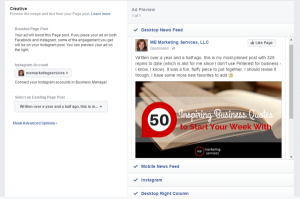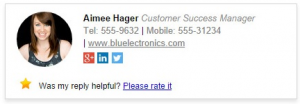Marketers Doing More To Reach Consumers With Disabilities, But Barriers Remain: Study
According to the CDC, one in four American adults live with a physical or mental disability. Yet software review company Capterra’s new Accessible Marketing Survey shows that accessibility barriers often exclude these folks from digital marketing messages.
Eighty-three percent of businesses, according to Capterra, are doing more to provide accessibility in digital marketing, but demographics such as age, gender, and race are still prioritized in marketing efforts.
Across various types of accessibility, marketers often focus on providing visual and hearing features before cognitive features, as many believe visual and hearing impairments are the most common disability in the U.S.
However, the Centers for Disease Control and Prevention report that cognitive disabilities are more prevalent (10.8% of Americans).
About half of marketers reported that they have accounted for cognitive disabilities in digital content, although Capterra says improvements can be made to improve features for consumers who face cognitive challenges such as difficulty concentrating, remembering, or making decisions.
The survey also reveals that marketers recognize the need to be better educated when it comes to accessibility, with 45% reporting that further education would motivate their company to be more proactive in improving accessibility.
Training can also help marketers better understand specific disability compliance laws, the study says.
Capterra found that cost is the most prohibitive challenge to accessibility improvements in marketing, with 69% of marketers saying they strongly believe or believe somewhat that it is expensive to create accessible digital marketing.
One in four marketers also reported a lack of technology is a top barrier to creating accessible content.
Accessibility implementation proved to be a challenge regardless of platform, with 49% of marketers rating social media––with its ever-evolving nature –– as the most difficult platform to provide accessibility features for.
Forty-three percent of marketers cite email as the most difficult platform for accessibility, and 39% reported the same problem for websites.
“While accessibility in marketing is gaining more traction, businesses need the right resources, including training, budget and technology, to make improvements,” says Meghan Bazaman, senior marketing analyst at Capterra. “By taking a more proactive approach, marketers can reach more customers while generating a positive brand perception.”
Of the marketers who are currently providing accessibility features, 53% and 44% said that it improves customer service and customer loyalty and retention, respectively.
(14)
Report Post



